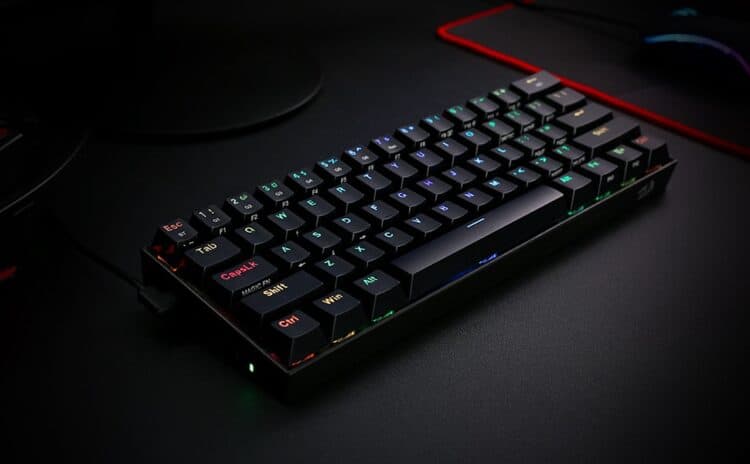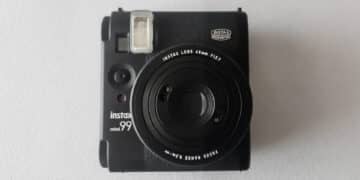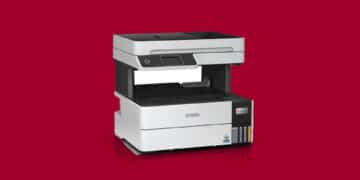This keyboard’s name describes quite a bit about its design. Its full name is listed as Redragon K530 Draconic 60% Compact RGB Wireless Mechanical Keyboard. The 60% addition refers to the type of keyboard: having 60% of the keys of a standard keyboard—a category on its own. It also lends a similar description as to its size.
Redragon K530 Draconic Build and Design
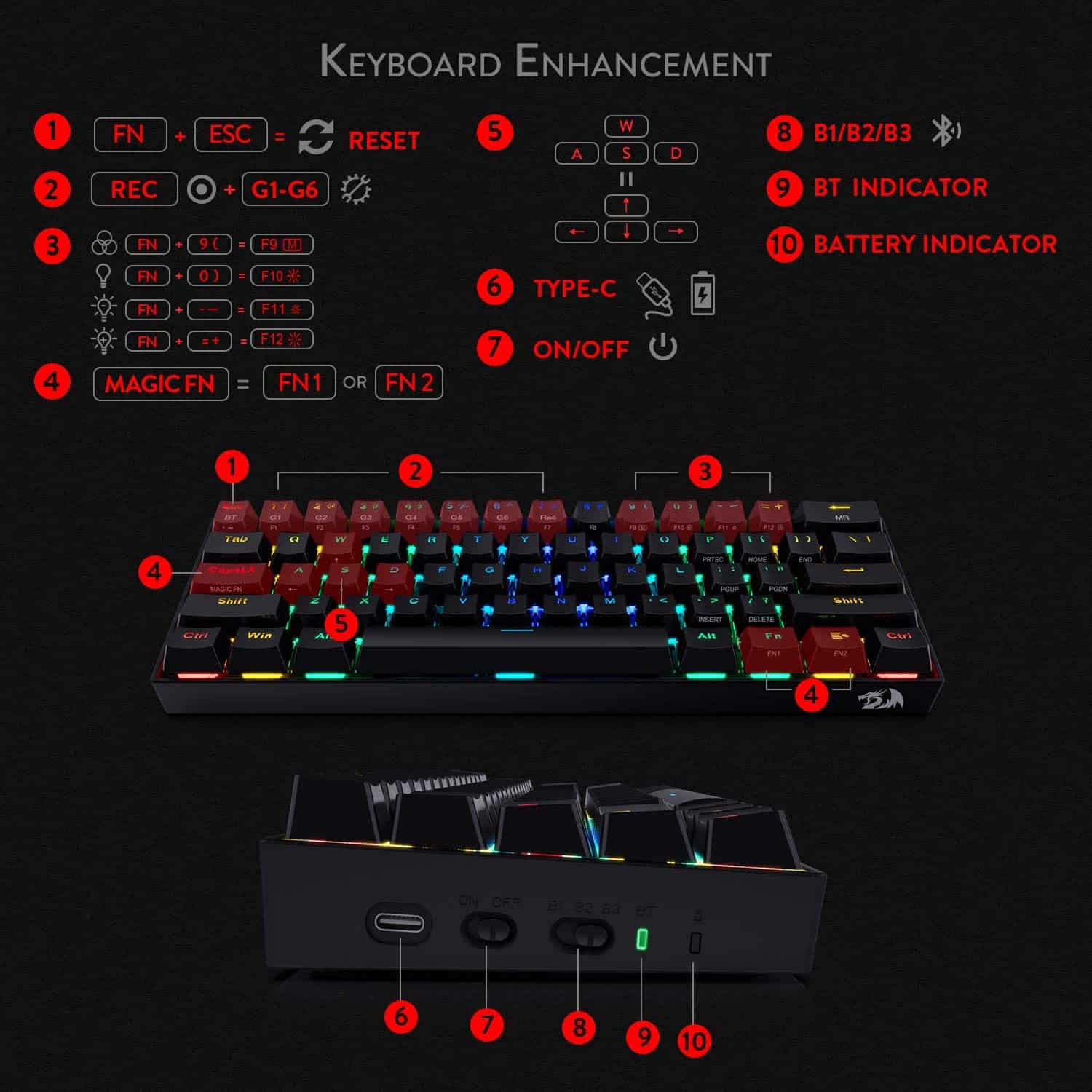
With the omission of some dedicated keys, the dimensions are quite a bit narrower than your typical keyboard. It measures in at 291.7x 101.7x36mm. Most of its size has been cut off from the removed numeric and arrow keys, as well as the bezels typically found on the top and bottom.
While it may be compact in size, it’s not the lightest I’ve ever reviewed. It weighs in at 0.8kg, so it’s not exceedingly heavy. In fact, it feels quite solid in its build. There’s no play on the keys, no bend of the plastic. It’s very robust. I like the feel of it.
In total there are 61 keys. While there are a few omitted, as previously mentioned, they’re still available for use by means of the Function key. This opens up a few additional keys, including the likes of the standard Function row and even the arrow keys aligned with the WASD keys.
The Redragon K530 Draconic also features backlit keys. These LED lights include an array of 16.8 Million RGB colours, all of which are customisable via the Draconic software. More on that later.
Underneath the device is four rubberised feet. Each of these provides quite a tight grip on a flat surface, which takes some force to move. You’ll be fairly confident that the keyboard won’t be moving around on the desk or table when in use. The two feet at the back also double as a stand, typical of many keyboards. Opening up these in a standing position reveals even more rubber. This means that your grip won’t decrease as a result. A nice touch.
Overall, the design and build are solid. The Redragon K530 Draconic may be slightly heavier than the conventional 60% keyboards but feels a lot more robust because of it.
Redragon K530 Draconic Setup and Connectivity
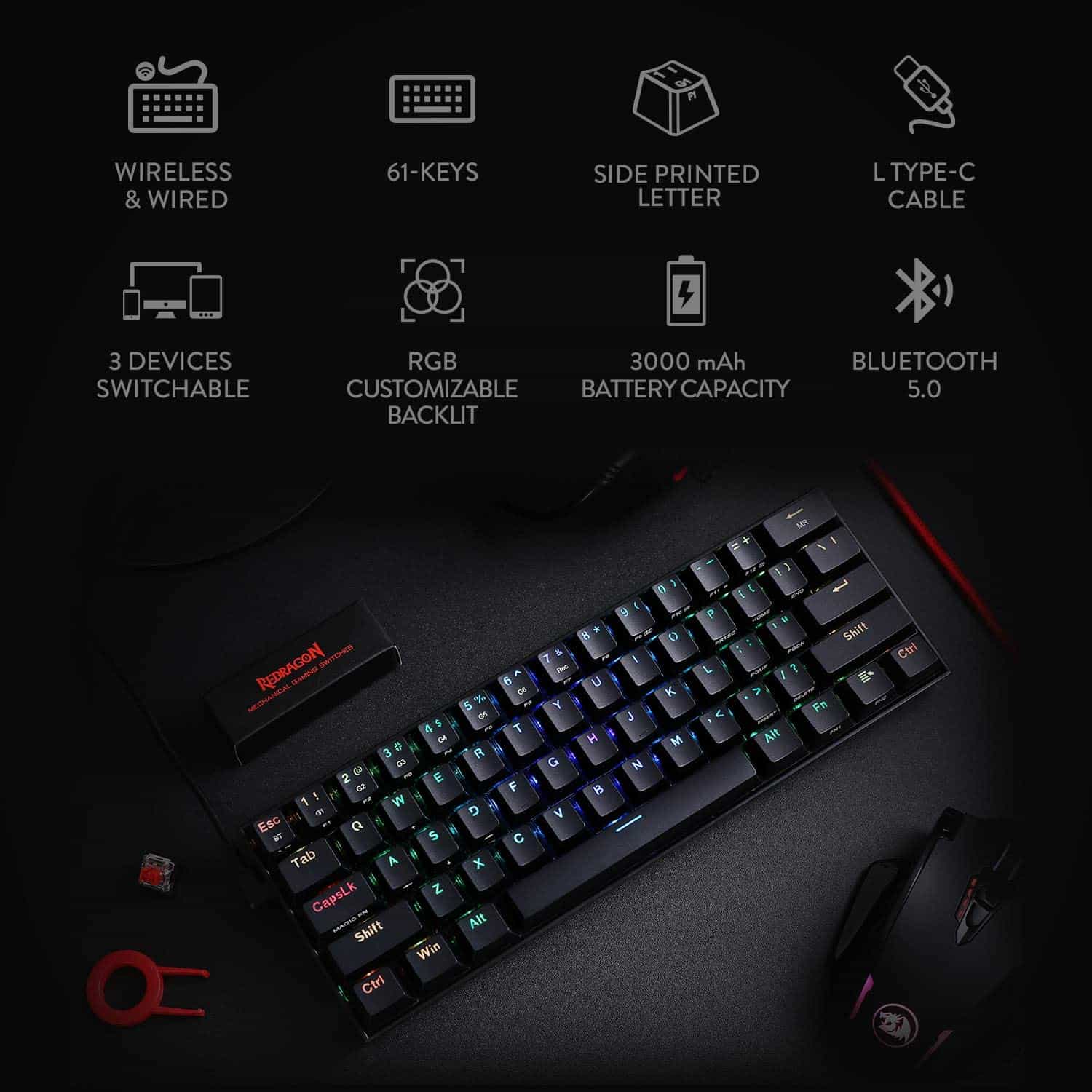
Setting up the Redragon K530 Draconic is fairly straightforward. There are a few options. Firstly, there’s a direct connection. In the contents, you’ll find a separate USB Type-C cable, which connects to the side of the unit. I don’t see any real benefit of adding the USB port to the side of the unit, but with it comes with a customised 90-degree angle (“L”) head USB. The 2m-long cable is also sufficient in its length.
For those with setups not ideal even for a 2m cable, you can switch to wireless connectivity. With its Bluetooth 5.0 support, the Redragon K530 Draconic offers three devices to pair with. When powering on the keyboard, if it’s not connected to the USB cable, the Bluetooth will automatically switch to searching mode. You’ll notice this by means of the flashing red light next to the toggle. After this, you should be able to search for it on your PC or laptop, and you’re good to go.
Toggling the switch to B2 and B3 (the 2nd and 3rd Bluetooth connections) will enter the same mode as the first. If you’ve previously paired devices to those options, then it will automatically pair for you to continue its use. It’s quite seamless, in fact.
Redragon K530 Draconic Features and Software
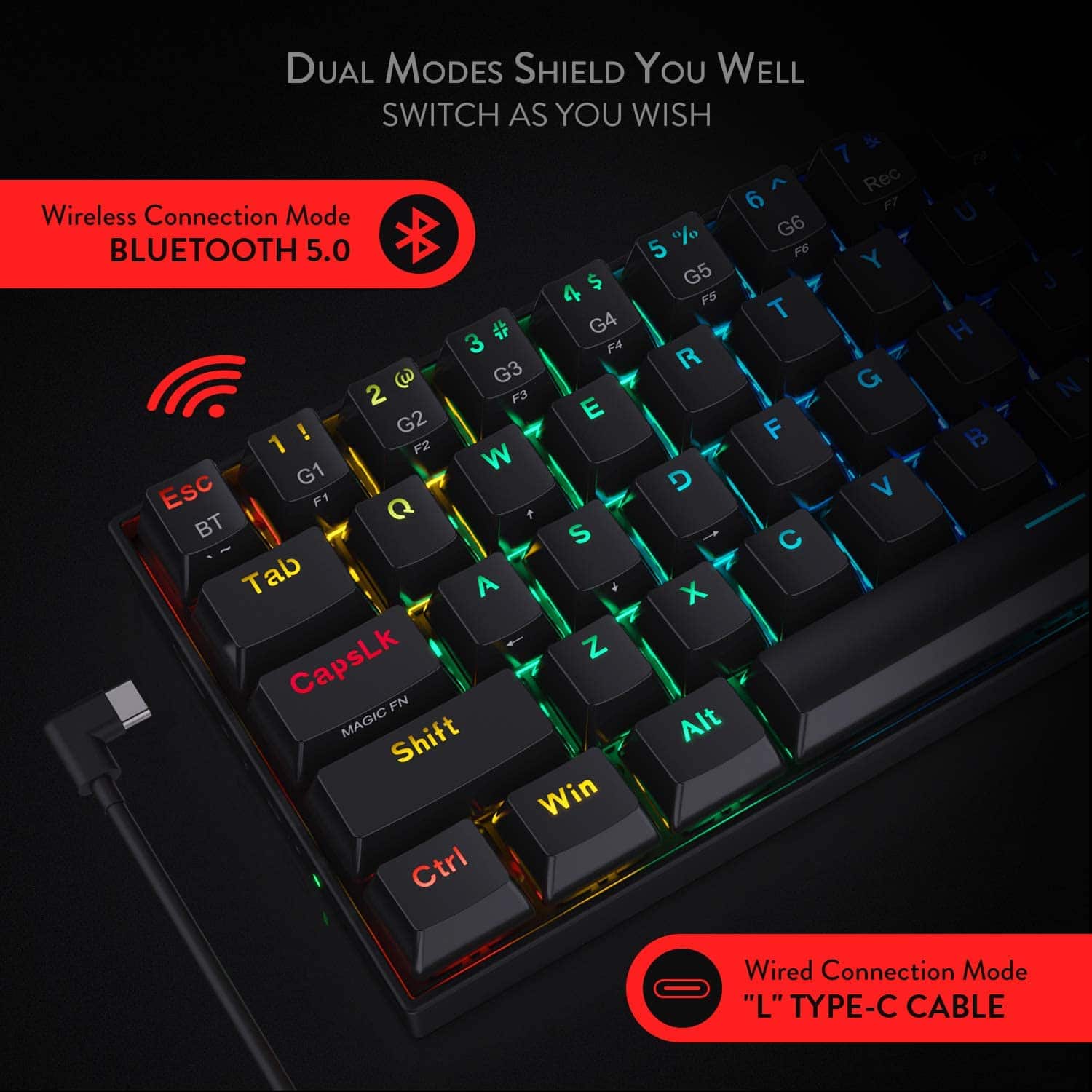
When it comes to the list of features on the Redragon K530 Draconic, there are quite a few available.
The Bad
As previously mentioned, there are a number of keys that are dual-use by means of the function key. Each of these is customisable by means of the accompanying downloadable Draconic software. This is probably where I had my only frustrations with the keyboard. Customisation isn’t as straightforward as I would’ve hoped. Even though I eventually managed to figure it out, I don’t believe that this will be very useful for the general public.
In addition to this, it also supports adding macros as shortcut keys, which perform certain functions. However, even more than the customisation of keys, the macros are more of a headache to configure. Once it’s done, however, it can be very useful. For most, this feature may not be a requirement, more so when you consider the trickiness of configuring.
The Good
Apart from the difficulty with the software to customise the keys, there are aesthetic options that are much easier to use. With 13 presets for lighting effects, it’s simply a matter of selecting one, and you’re good to go. Similarly, users can choose specific colours to add another level of customisation.
My favourite feature on the Redragon K530 Draconic is the key customisation. Included in the contents are two tools to assist with this. The first is the keycap puller tool used to remove the cap of the modular switch. The second tool is to remove the switch itself from the circuit board. This means that users who prefer a certain type of switch can customise the keyboard to their liking.
There are four types of switches for the board. The standard configuration on the board is the use of the ‘brown’ switches, which have a “hall effect.” This gives the keypress an extra bump. The other colours are blue for a clicky feel, red for a linear action, and black for an extension of the linear key but with a stronger spring for a more mechanical feel.
Unfortunately, there are only four switches available in the contents, one of each. This is to provide users with a feel for their preferences. Thereafter, you would need to purchase a set of switches if you wish to customise the Redragon K530 Draconic fully.
Redragon K530 Draconic Performance
When it comes to the performance of the Redragon K530 Draconic, it delivers. The keys have just the right amount of travel and provide a decent spring on each click from the default brown switches.
It takes a bit of getting accustomed to a fairly steep learning curve. This is mostly a result of the spacing of the keys and the use of the Function key in order to use some keys. Once you get used to it, however, it works great.
Its tiny frame makes it very portable. Users can tuck it away in their laptop bags to take to work or meetings. The sound of the keys is a mix of soft sponge and mechanical keys. They’re neither heavy nor soft but feel cushioned under their fingertips.
Included in the Redragon K530 Draconic is a 2,400mAh battery capacity. This is a great addition, where you don’t have to continually swap out batteries, either to replace or charge them. The unit can be charged directly via the USB cable included. I wasn’t able to test the longevity of the battery life, having left it on for a period of nearly two weeks and only around 10% of the battery life depleted. At those estimates, the battery life can easily last 5-6 months between charges.
Thanks to the Bluetooth 5.0 support, the keyboard also provides feedback on its battery life. On Windows, you can simply go to the Bluetooth or Devices settings menu and it will provide an indication of the battery life remaining.
Conclusion
While it may take quite a bit of getting used to the compact size, the Redragon K530 Draconic 60% Keyboard has a lot to offer. The default keys are great to use with the unit, offering easy-to-replace switches by means of tools added to the contents. The RGB lighting provides additional aesthetics for an all-over black keyboard.
At an RRP of R1,499, the Redragon K530 Draconic 60% Keyboard is categorised as a mid-range gaming unit. There are a number of deals available online currently, with pricing around the R1,000 mark. The Redragon keyboard has a lot to offer in terms of portable gaming, whether it be via your laptop or smartphone. It would be enhanced even further if the software made it much easier to configure macros.
At the end of the day, there’s still quite a lot there for most users to enjoy.
Also, check out our reviews for the ASUS Zenbook Duo (2024) UX8406, SparkFox Atlas Wireless Controller and Logitech G733 Lightspeed.
The Review
Redragon K530 Draconic 60% Keyboard
The Redragon K530 Draconic 60% keyboard is a great mid-range gaming keyboard, offering a mix of portability and features.
PROS
- Compact design
- Solid and robust build
- Modular, replicable switches
- Rechargeable battery
CONS
- Poorly designed software and manual
- Steep learning curve


